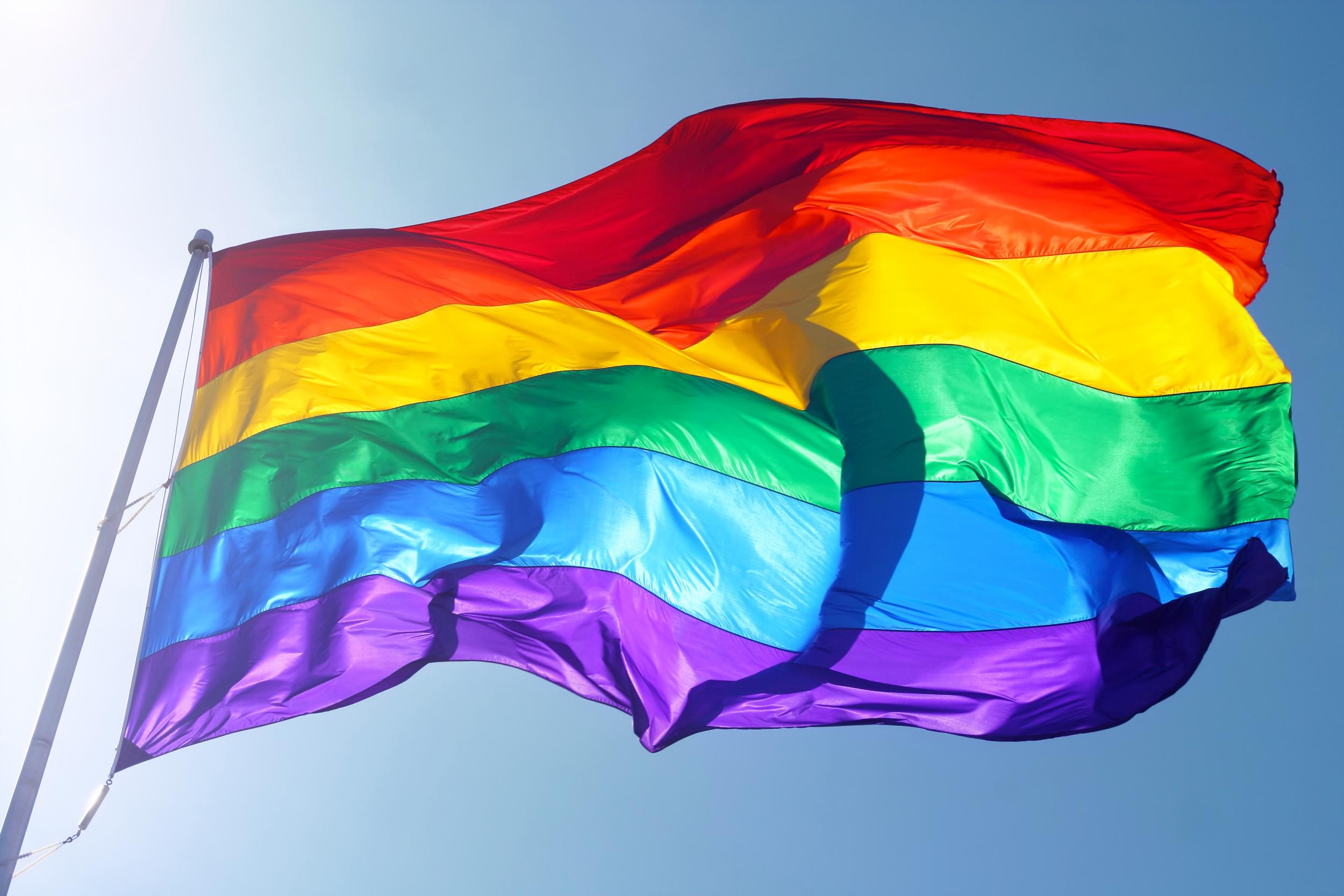Number of people identifying as lesbian, gay or bisexual hits record high, figures show
Young people most likely to identify as LGB, according to Office for National Statistics (ONS)

Your support helps us to tell the story
From reproductive rights to climate change to Big Tech, The Independent is on the ground when the story is developing. Whether it's investigating the financials of Elon Musk's pro-Trump PAC or producing our latest documentary, 'The A Word', which shines a light on the American women fighting for reproductive rights, we know how important it is to parse out the facts from the messaging.
At such a critical moment in US history, we need reporters on the ground. Your donation allows us to keep sending journalists to speak to both sides of the story.
The Independent is trusted by Americans across the entire political spectrum. And unlike many other quality news outlets, we choose not to lock Americans out of our reporting and analysis with paywalls. We believe quality journalism should be available to everyone, paid for by those who can afford it.
Your support makes all the difference.The number of people identifying as lesbian, gay or bisexual (LGB) has hit a record high in the UK, new figures show.
Data published by the Office for National Statistics (ONS) shows the figure increased by 50,000 in 2017, with the proportion of the population up from 1.5 per cent in 2012 to 2 per cent in 2017.
People aged between 16 and 24 were most likely to identify as LGB, at an estimated 4.2 per cent, while men were more likely to do so than females, at around 1.7 per cent compared with 0.9 per cent.
However, women were more likely to identify themselves as bisexual, at 0.9 per cent compared with 0.6 per cent of males, the figures show.
Around seven in 10 of the lesbian, gay or bisexual population are single and have never married or registered a civil partnership, which the ONS said reflected the younger age structure of this population and that legal unions for same-sex couples were relatively new.
Regionally, people in London were most likely to identify as LGB – at 2.6 per cent – with people in the North East and East of England the least likely, both at 1.5 per cent.
The ONS said the relatively high proportion of people identifying as LGB in London could be explained by the younger age structure and the diversity of the population, with the median age in the capital 35, compared with 50 in the North East and 42 in the East of England.
Northern Ireland had the lowest percentage of all UK countries with 1.2 per cent of the household population identifying as lesbian, gay or bisexual.
Join our commenting forum
Join thought-provoking conversations, follow other Independent readers and see their replies
Comments